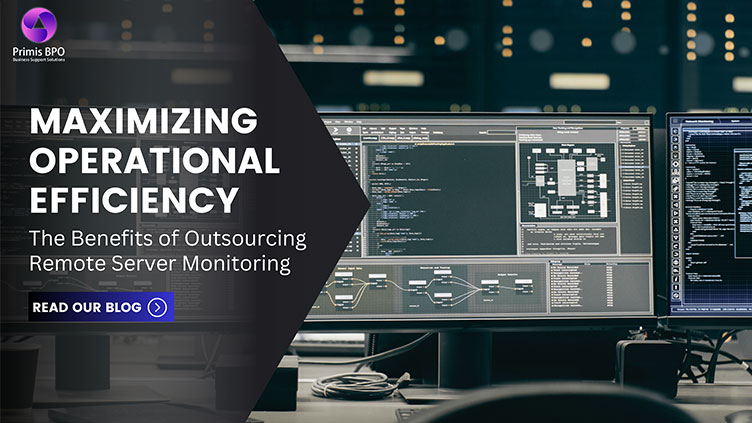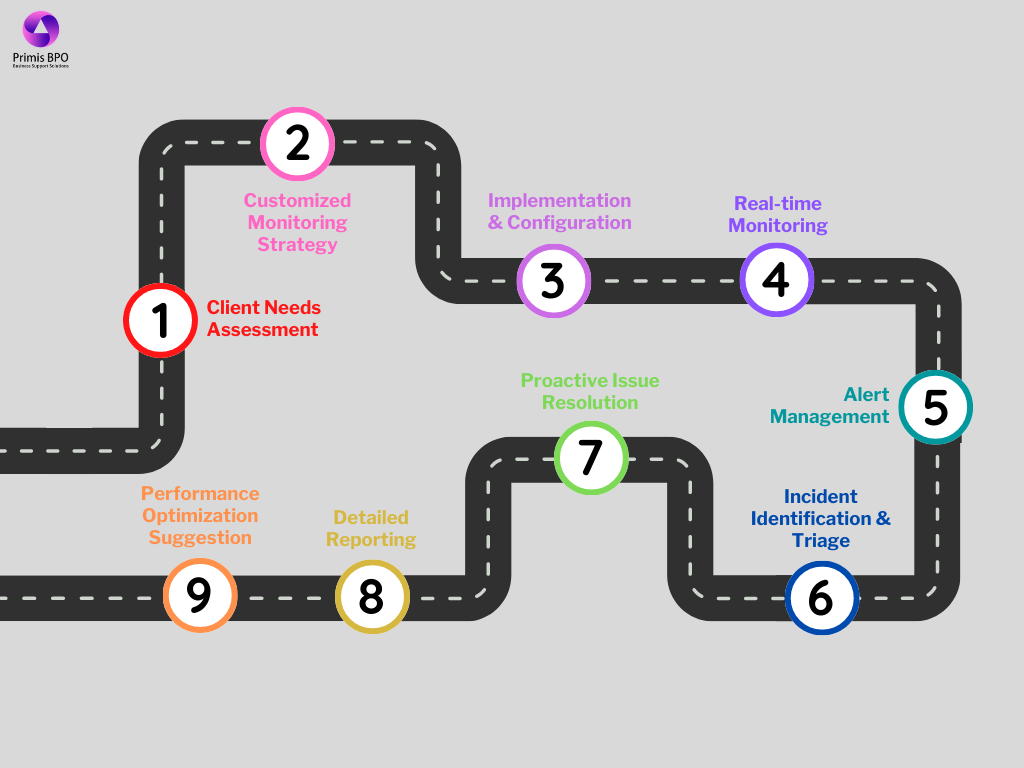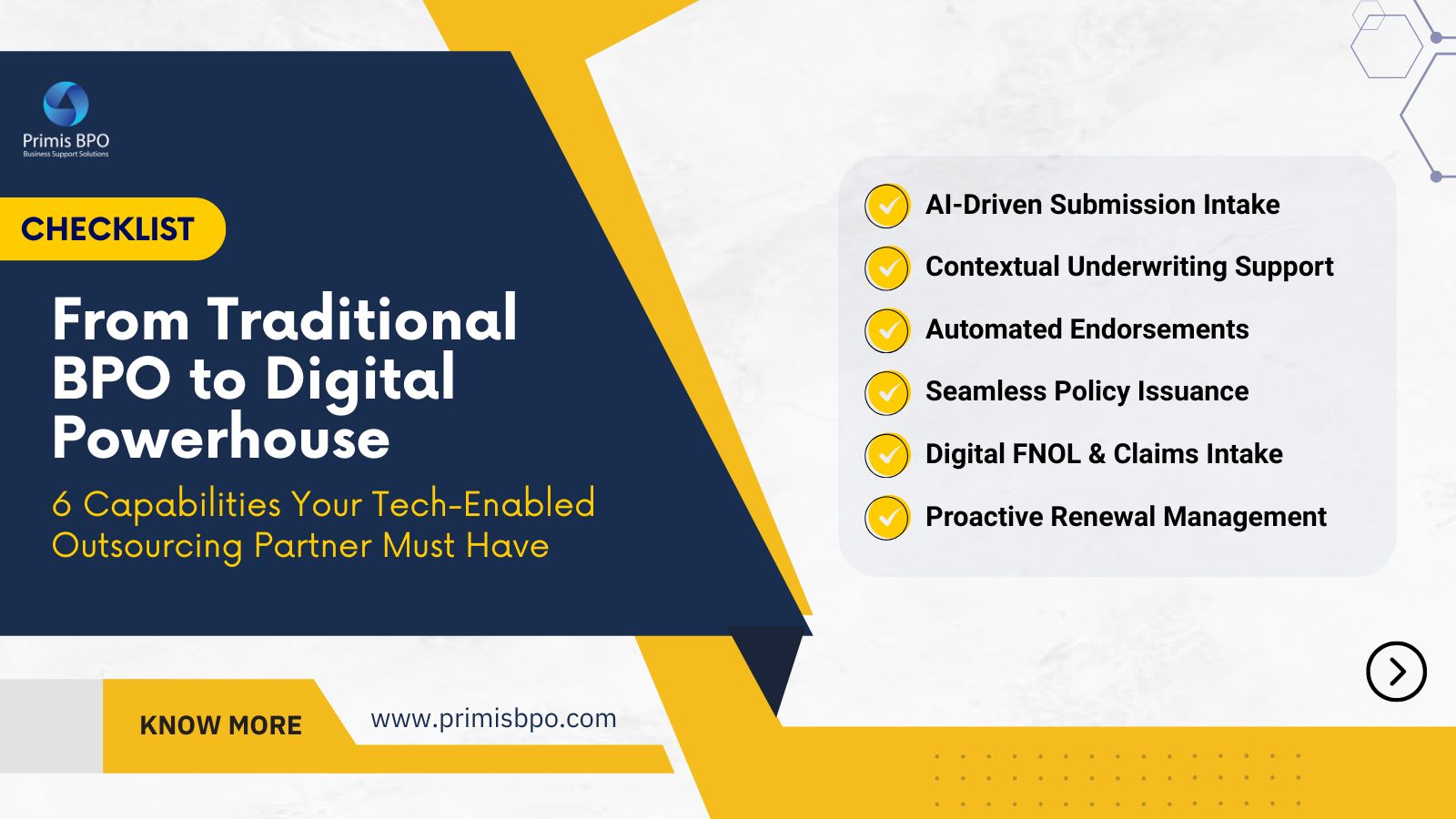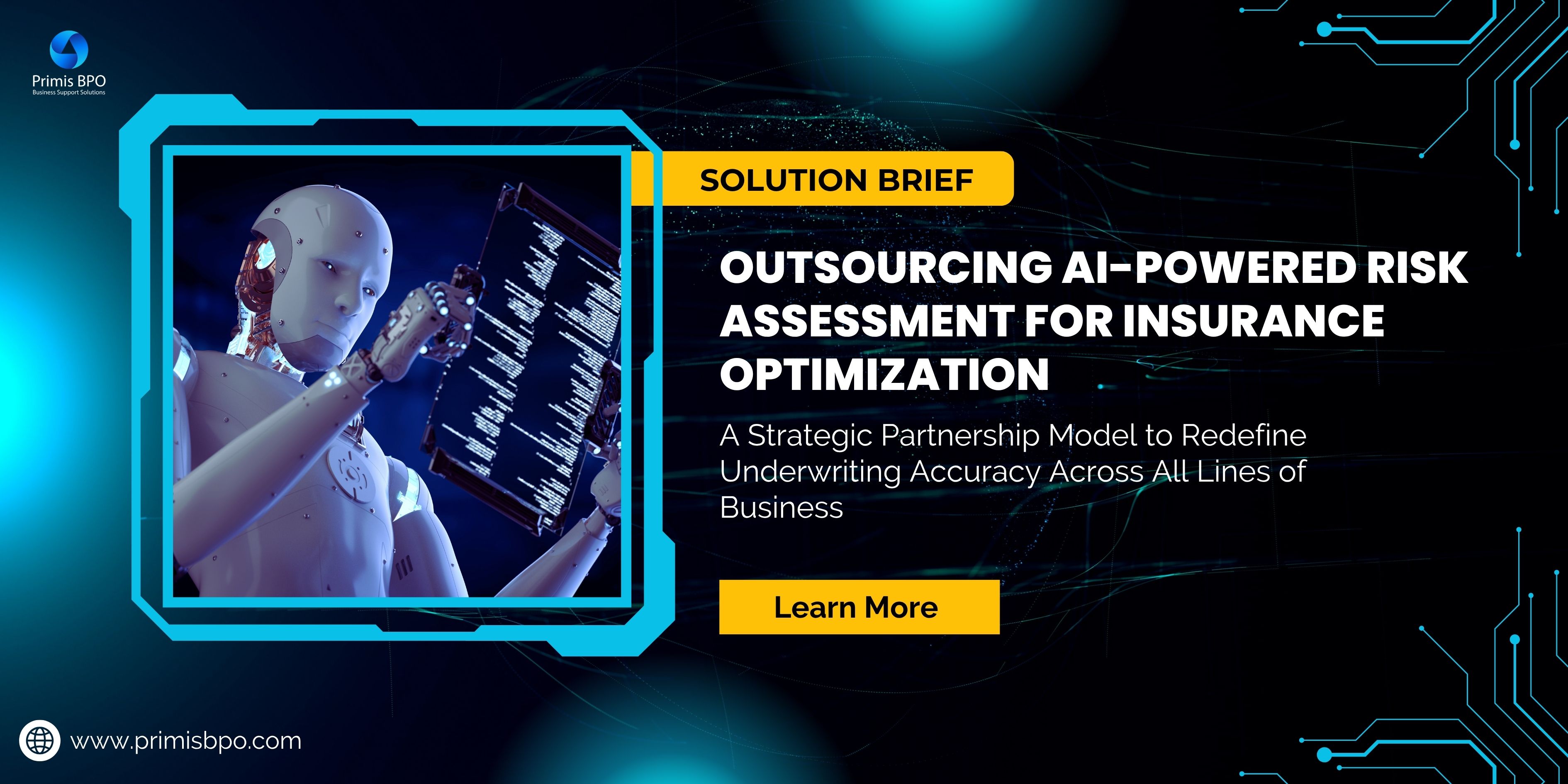
Imagine it's a typical Monday morning, and you're sitting at your desk, ready to start your week and daily tasks. But just as you start to dig into your work, your server crashes, bringing your productivity to a screeching halt. Panic sets in as you realize the potential loss of crucial data, not to mention the frustrating downtime your team will have to endure. We've all been there, and moments like these can be a business owner's worst nightmare!
However, what if I told you there is a solution that could save you from such nightmares and pave the way for enhanced operational efficiency? Remote server monitoring - a process that is revolutionizing the way businesses manage their IT infrastructure.
This blog will explore how outsourcing remote server monitoring can amplify the operational efficiency of businesses.
The Challenge
In today's highly competitive business landscape, ensuring the seamless performance of your IT infrastructure is paramount. According to a recent study, the hourly cost of downtime calculated at $300,000 equals about $5,000 per server/per minute. These alarming statistics highlight the critical need for effective server monitoring and management.
However, trying to handle it all in-house can be overwhelming, especially for small and medium-sized companies lacking the necessary IT knowledge and resources. The good news is that you can outsource your server monitoring to overcome these challenges and maximize operational efficiency.
Why is Outsourcing Server Monitoring the Need of the Hour?
By partnering with a reliable managed IT support provider like Primis, you can offload the responsibility of server management, ensuring that your business operates at its full potential. This not only allows businesses to proactively detect and address potential issues but also provides round-the-clock monitoring by a team of dedicated experts.
With this level of support, you can bid farewell to unexpected server crashes, slow response times, and the headache of managing an in-house IT team.
Seamless Server Performance: A 9-Step Workflow for Effective Remote Monitoring

Step 1: Client Needs Assessment
The first step in the process involves the outsourcing provider conducting a comprehensive assessment of the client's server infrastructure and monitoring requirements. This evaluation helps the provider understand the client's unique needs, existing challenges, and desired outcomes.
Step 2: Customized Monitoring Strategy
Based on the assessment, the outsourcing provider designs a tailored remote server monitoring strategy. This includes determining the critical metrics to monitor, setting up thresholds for alerts, and establishing protocols for incident response and resolution.
Step 3: Implementation & Configuration
Once the monitoring strategy is finalized, the provider begins the implementation phase. They configure monitoring tools, deploy necessary agents, and integrate the client's servers into their remote monitoring system.
Step 4: Real-time Monitoring
With the setup in place, the outsourcing provider starts monitoring the client's servers 24/7. They continuously track key performance indicators such as network traffic, application response times, etc.
Step 5: Alert Management
When an issue or anomaly is detected, the monitoring system triggers alerts based on predefined thresholds. The outsourcing team receives these alerts promptly, ensuring a swift response to potential problems.
Step 6: Incident Identification and Triage
Upon receiving an alert, the provider's skilled engineers immediately investigate the incident. They perform an in-depth analysis to determine the root cause of the issue and classify its severity.
Step 7: Proactive Issue Resolution
With the incident triaged, the outsourcing team initiates proactive measures to address the problem. They follow pre-established protocols and leverage their expertise to resolve the issue before it impacts the client's operations.
Step 8: Detailed Reporting
Throughout the monitoring process, the outsourcing provider generates comprehensive reports on server performance, incidents, and response times. These reports are shared regularly with the client to keep them informed about their server's health.
Step 9: Performance Optimization Suggestions
The outsourcing team doesn't stop at resolving incidents. They continuously monitor server performance trends and identify opportunities for optimization. This could involve suggesting hardware upgrades, software patches, or process improvements.

In a Nutshell
For businesses seeking cost-effective solutions or a large enterprise striving to stay competitive, the advantages of server management outsourcing are undeniable. Embracing this approach will allow them to break free from server headaches, maximize operational efficiency, and drive your business toward success.
Contact us to reap the benefits of outsourcing remote server monitoring services.
Recent Blogs

Optimizing Auto Insurance Underwriting Through Outsourced AI-Driven Risk Intelligence

[Checklist] From Traditional BPO to Digital Powerhouse: 6 Capabilities Your Tech-Enabled Outsourcing Partner Must Have

Outsourcing AI-Enabled Property Risk Analysis

Outsourcing AI-Powered Risk Assessment for Insurance Optimization

Augmented Underwriting: When Human Expertise Meets Digital Intelligence